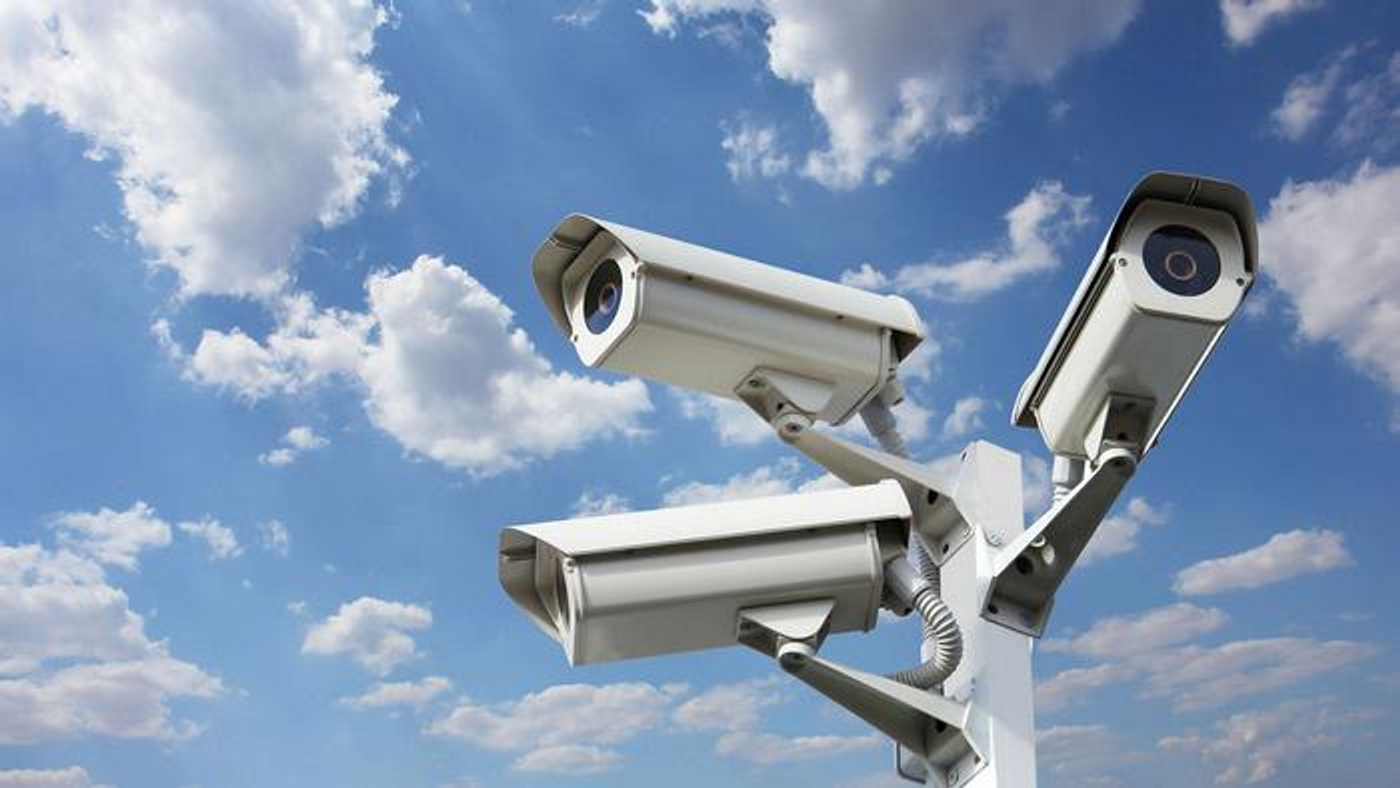
Cameras capable of recognizing the “ethnic affiliation” of passersby have been put into operation in St. Petersburg, Russia, according to Igor Nikonov, deputy chairman of the city’s Committee on Informatization and Communications. Nikonov’s remarks came during preliminary hearings on St. Petersburg’s 2026-2028 budget, according to a report by local outlet Peterburgsky Dnevnik (lit. “St. Petersburg Diary”).
“We have one type of analytics — recognition of several types of races and nationalities. Six types. This makes it possible to detect concentrations of certain groups in specific districts of the city. Based on this data, law enforcement agencies make corresponding decisions,” Nikonov was quoted as saying.
According to Nikonov, the system allows police to monitor gatherings of immigrants and identify so-called “rubber” apartments — a Russian term for overcrowded homes that are often used to register them. At present, about 50,000 cameras are equipped with the function allowing them to determine ethnicity, but concrete results have yet to be made public. “Crime-solving statistics will only be summarized at the end of the year,” he added.
Nikonov said the system is capable of recognizing several conditional categories of appearance: people from the Caucasus, East Asia, and Central Asia, as well as Europeans and people of African descent. Earlier reports also mentioned certain South Asian groups.
Plans to install such cameras in St. Petersburg were first reported in February 2025. At the time, Oleg Kapitanov, head of the city’s committee on interethnic relations, said the “ethnic affiliation recognition” function would be added to 8,000 street cameras. According to Russia’s government procurement website, the city spent 38.4 million rubles ($476,000) on the purchase. The license contract for the cameras was awarded to Hitech-Integratsiya (lit. “Hitech Integration”), a company owned by the businessman Ivan Shkabarnya.